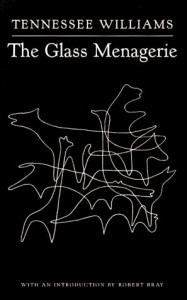![]() Written by Angelica Bega Hart. December 2009. The author wishes to note that this work is licensed under a Creative Commons Attribution-ShareAlike 3.0 Unported License
Written by Angelica Bega Hart. December 2009. The author wishes to note that this work is licensed under a Creative Commons Attribution-ShareAlike 3.0 Unported License

Critics have often examined the underlying significance of religion in J.D. Salinger’s short fiction. This is entirely appropriate for a number of reasons, not the least of which is because what little we know about Salinger’s biography suggests that he avidly followed a number of religious traditions. As a young man growing up in a mixed religious household, as a Jewish soldier in World War II, and as more than a dilettante in the area of alternative spiritualities including Vedanta Hinduism, Zen Buddhism and even at one point, Dianetics, Salinger’s attention to religion seems tantamount to understanding his work. Moreover, there are both overt and covert references to Eastern and Western spiritualities in his fiction. The relevance of religious criticism has often predominated critical attention to Salinger’s 1957 novella Zooey.
Critical attention which has not centered on religion has often focused instead on elements of character or on the ephiphanic moment during the narrative’s climax. Seymour’s “Fat Lady” is one such primary target for debate. Furthermore, many psychoanalytic critics have investigated the relationship between Zooey and his mother Bessie. However, all of these critics may have missed an important corollary to Zooey, in Tennessee Williams’ popular 1944 drama, The Glass Menagerie. Apart from a mention in Gwynn and Blotner, [1] contending that Salinger fills a void left by post-war writers including Williams, and a brief, punning nudge to the play in Charles Poore’s New York Times Review of Franny and Zooey, [2] there is little mention of any connection between these two works of post WWII American fiction. While there are important differences as well, these works share more than a passing resemblance to one another. These similarities are most evident in the three main characters of each narrative. Other details of the stories mimic one another as well, as both employ elements of Romanticism and struggle with the idea of virtue. Both also deal with time and performativity in interesting ways in order to connect those elements thematically to the narratives. And ironically, both create some of the same mythic and symbolic connections.
